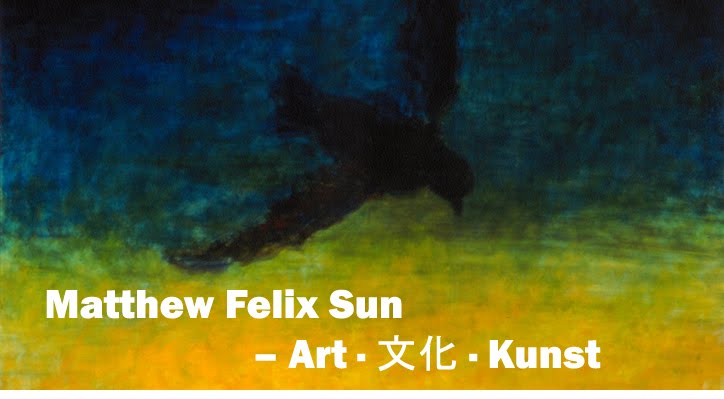
Via satellite photo, I located a main square in my home city, Shenyang, China. The square is named after Dr. Sun Yat-Sen who led the revolution that overthrew the monarchy. Though it is called Dr. Sun Yat-Sen Square, the dominant feature there is a gigantic statue of Mao, afloat atop the masses. I made a drawing of the satellite photo, and it, in turn, was appropriated by another website:

Mao Zedong at Dr. Sun Yat-Sen Square in Shenyang, China (for details see my portfolio)
The too-common practice of online image borrowing -- or appropriation -- is double-edged sword for artists. Though a broader group of viewers will have access to appropriated images of artwork, more often than not copyright issues were simply ignored, and sometimes the artist is not even credited. However, considering the borrowers usually only use an image for specific personal purposes, the loss of commercial value of the visual art amounts to almost nothing unless the works belong to a very well known artist.
A Google search of my name yielded a few more web pages featuring my paintings and drawings.

A Young Frenchman (for details see my portfolio)

Self-Portrait, Black and White (for details see my portfolio)

Purple Dream (for details see my portfolio)

Fruit Tree (for details see my portfolio)





No comments:
Post a Comment